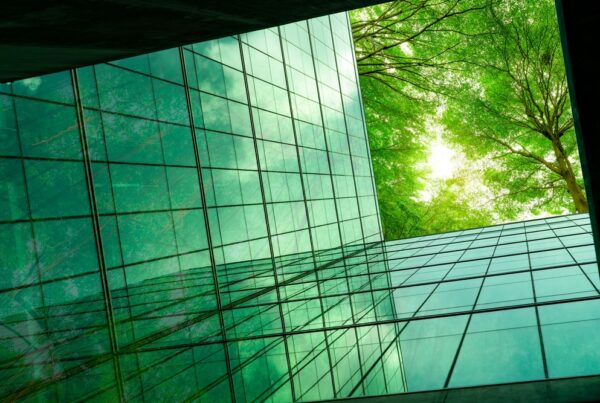NEW REQUIREMENTS FOR SMOKE ALARMS IN FEDERALLY ASSISTED HOUSING ARE EXPECTED TO SAVE LIVES
On Jan. 5, 2022, a massive fire consumed a public housing unit in the Fairmount section of Philadelphia. The blaze took the lives of three sisters and nine of their children. Of the seven smoke alarms in the rowhouse, only one was working. Four were in drawers, one was on the floor without batteries, and another was mounted to the ceiling without batteries.
The tragedy prompted U.S. Rep. Madeline Dean (PA-04) and U.S. Sen. Bob Casey to introduce legislation (H.R. 7981) requiring all federally assisted housing units, of which there are 10 million, to ensure that smoke alarms are either hardwired or tamper-resistant with sealed batteries. The legislation was folded into the Consolidated Appropriations Act of 2023 and signed into law in late December 2022 by President Joe Biden as Public Law 117-328.
“The fire in Fairmount was heartbreaking, and the community continues to mourn the sudden loss of 12 family members, including so many precious children …” Rep. Dean said in a press release. “We must implement critical safeguards that will protect the millions of families that live in public and federally assisted housing.”
Implementing the New Smoke Detector Requirements
In the same release, Sen. Casey said, “This legislation is simple: by requiring working smoke detectors in affordable housing, we can save lives.”
The law’s requirements include provisions mandating that:
- Housing providers make sure that a qualifying smoke alarm is installed in accordance with applicable codes and standards published by the International Code Council or the National Fire Protection Association and the requirements of the National Fire Protection Association Standard 72, or any successor standard, in each level and in or near each sleeping area in any dwelling unit, including in basements, but excepting crawl spaces and unfinished attics, and in each common area in a project containing such a dwelling.
- Such smoke alarms are hardwired or use 10-year non-rechargeable, non-replaceable primary batteries and are sealed, tamper-resistant, contain silencing means, and provide notification for persons with hearing loss.
- This legislation does not include a specific date by which owners and state agencies must comply with this new law or when it will be enforced on REAC Inspections or added to the NSPIRE standards. However, any owner with smoke detectors that are solely battery-operated should replace those outdated alarms as soon as possible.
Why are These Smoke Detector Rules So Important?
This legislation is supported by data provided by the National Fire Protection Association (NFPA).nThree of every five home fire deaths resulted from fires in homes with no smoke alarms (38%) or no working smoke alarms (21%).
The death rate per 100 reported home fires was more than twice as high in homes that did not have any working smoke alarms (1.18 deaths per 100 fires), either because no smoke alarm was present or an alarm was present but did not operate), as it was in homes with working smoke alarms (0.53 per 100 fires).
The death rate from reported fires in homes that had at least one smoke alarm (0.59 deaths per 100 fires) was one-third (36%) lower than in homes that had no smoke alarms at all (0.98 deaths per 100 fires).
The death rate was much higher in fires where a smoke alarm was present but did not operate (1.89 deaths per 100 fires) than in home fires with no smoke alarms at all.
In reported home fires with smoke alarms:
- Almost half (46%) of the alarms were powered by battery only.
- Two-thirds (67%) of home fire deaths were caused by fires in homes with smoke alarms powered by battery only.
- Hardwired smoke alarms operated 94% of the time.
- Battery-powered smoke alarms operated in four out of five (80%) fires.
- Reasons that smoke alarms did not operate:n
- Almost half (46%) of the smoke alarms had missing or disconnected batteries. Nuisance alarms were the leading reason for disconnected smoke alarms.
- Dead batteries caused one-quarter (24%) of the smoke alarm failures.
In Rep. Dean’s press release, Diane Yentel, President and CEO of the National Low Income Housing Coalition, said she believes this new law is a necessary step to protect those who live in public housing.
“Improving the quality of smoke detectors in all federally assisted housing is a simple, common-sense step in the right direction that will save lives,” she said.



